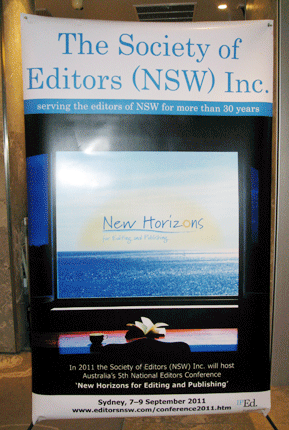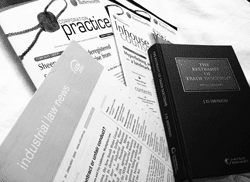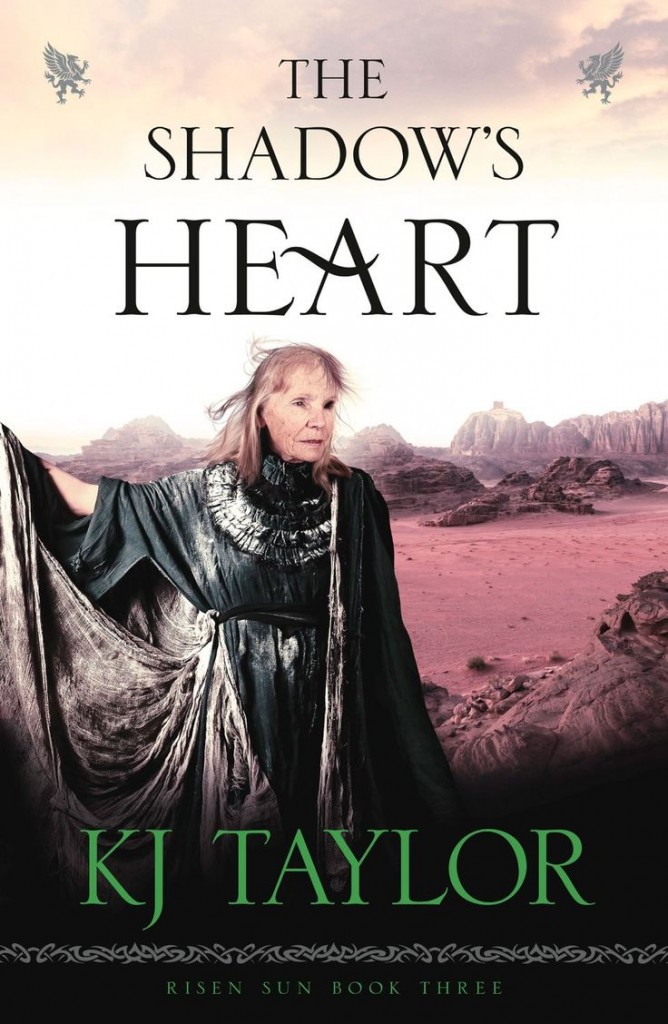And an announcement…
A funny thing happened while I was blundering around the interwebs late last year. I was rummaging around on Twitter, minding my own business, when I stumbled into a conversation about tentacle fiction. That wasn’t the funny thing, obviously. Conversations about tentacles are a dime a dozen online, (if you, ah, know where to look) and they can be Serious Business – but the non-linear result was this announcement: I am now a freelance editor for Etopia Press!
As such, I am now taking direct manuscript submissions for speculative fiction (including fantasy, science fiction and horror) as well as romance/erotica.
Please check out my new submissions page for details on what I’m looking for, and visit Etopia Press to find out more about what they publish.
***
In the meantime, in the spirit of dusting off the blog and getting it back up and running, and after a few conversations I’ve had online, I thought it might be time to analyse the fearsome obstacle of Publisher Submissions Guidelines.
Every week, there’s a new list of top tips on how to submit your manuscript successfully. Originally, this too was going to be one of those posts; but the thing is, ask any publisher or editor what they look for in a manuscript submission and they’ll nearly all say this:
The ideal submissions follow the publisher guidelines
No matter what else they might come up with in terms of story and writing quality, this will feature in their answer.
And yet some people still think guidelines are mere suggestions and can be ignored. Or alternatively, that they’re tricks and barriers deliberately put up by publishers to keep people out.
Neither of these things are true; or at least, not in the snarky and negative way that some people suggest. So, let’s break down what submission guidelines usually include and why the publisher might want you to adhere to them (and why it’s in your interests to do so, too).
Most publishers include the following within their submissions guidelines:
1. Description of the genres they do and don’t accept.
Not all publishers produce all things. If you’ve written a children’s book, you want to look for a children’s book publisher, or a publisher with a children’s imprint. What you do not want to do is send it to, say, a romance publisher who specifically states in their guidelines that they don’t publish children’s books*. And think about it, why would you want to? If they don’t publish your genre, then they don’t market to your audience; their editors probably don’t work regularly on those kinds of manuscripts.
Wouldn’t you rather work with a publisher as passionate and knowledgeable about your topic as you are? Who knows how to reach the people you’re talking to? Note: you might find someone at the first publisher does look at your misplaced manuscript, and maybe they’ll love your book. But that doesn’t change the fact they don’t publish that genre. So you’ll get a nice email from that editor telling you it’s a lovely book they can’t publish and wishing you well. That’s a best case scenario and where did it get you? Nowhere.
2. What to include in your submission (eg: cover letter, synopsis, manuscript/sample) – this will often include guidance on how long each element should be.
This is fairly obvious: the cover letter tells the editor/publisher who you are and a bit about your background, as well as what your manuscript is about; the synopsis summarises the entire manuscript down to a few pages, and the manuscript is… well… the manuscript.
The submission should include your contact information. It is extremely rare for a publisher to use this information to inform on you to ASIO/MI5/the CIA. As a general rule they like to use your contact information to contact you – maybe with a rejection, but hopefully with a contract offer.
E very element in your submission is important and has been requested for a reason. When you’re compiling your submission and thinking you could probably leave some bits out (or add in some extras) it’s worth thinking about how an editor might approach the actual reading of the contents of your submission. It’s possible they will read the parts in order, and how well each section is presented will help them decide whether to keep reading or cull your submission from the pile altogether.
very element in your submission is important and has been requested for a reason. When you’re compiling your submission and thinking you could probably leave some bits out (or add in some extras) it’s worth thinking about how an editor might approach the actual reading of the contents of your submission. It’s possible they will read the parts in order, and how well each section is presented will help them decide whether to keep reading or cull your submission from the pile altogether.
If the cover letter is completely garbled, they may be hesitant about reading the synopsis. If they can’t make sense of that, they may not even look at the manuscript.
On the other hand, the synopsis might grab their attention within a page and convince them you’ve written a story they just have to read right now – something they wouldn’t have otherwise learned until they’d spent far longer reading the whole manuscript.
Other editors do it the other way around. They don’t want to know anything upfront and will dive into the manuscript first. But if they like that, then they want to know about the author… and it’s always nice to know whether the author’s view of the story as written in the synopsis is the same as the one in the full manuscript. Or maybe the editor will get halfway through the manuscript and waver on whether to keep going… the synopsis might ensure they do.
3. Where and when to send your submission
There are few publishers these days who hire staff for the sole purpose of reading through “the slush pile”. For the most part, reading submissions is a task editors and publishers do on top of their full-time work. Maybe it’s scheduled into their work week, but more likely they’re taking manuscripts home to read after work and on weekends. And they get hundreds of submissions each week.
It’s very easy for this to get out of control. And authors, understandably, do not like to be kept waiting for a response.
So publishers try to make this process simple and organised. They will provide details on precisely where you should send your submission. That means it will go to a monitored post box or email account and someone in charge of submissions will actually look after it. Of course, you can be wily and send it to someone specific if you think you’ll have a better shot. That might work. But you also run the risk in that case that your submission gets lost in that person’s overflowing inbox, or automatically deleted because you failed rule one of submissions: you didn’t follow the guidelines.
Some publishers are also specific about when you can send submissions. This might be on certain days, between set hours, or during certain times of the year. This is not the equivalent of the rock star’s rider.** Rather, this is a cunning administration technique to allow them to control the inflow of submissions. It means they know when to expect that week’s subs and they can monitor and distribute/read accordingly.
4. Formatting instructions
This is one people really think is a waste in the digital age – because who cares if you used the wrong font? Surely the in-house person can just “select all” and change to the preferred font or delete any unnecessary footers?
This is true.
They could.
Of course, they might have to do that on every one of hundreds of submissions.
One of the things an editor has to consider when reading a submission is how much editing a manuscript will require to make it ready for publishing – as in, ready to go on the shelves. Publishers have to think about the time and expense involved in working on any manuscript before they accept it. Part of that consideration includes gauging whether or not an author is likely to take guidance and edits happily. If you wilfully ignore the formatting guidelines on a publisher’s submission page, or worse, send in something you have pre-formatted for print (complete with cover, pictures and full layout) you may well lead the editor to assume you are someone who can’t take instruction and who is not willing to be edited.
There are also other reasons for specific formatting, depending on how the individual publisher’s submission filing system works. If you don’t supply the right information in the right way, you are relying on whoever does look after the submissions files to notice and either correct it or contact you for the right information. As mentioned, they’re probably dealing with several hundred submissions. What are the chances they have the time or inclination to do this?
The thing to keep in mind with all submission guidelines is they are there to make the process as clear, straightforward and fair as possible for everyone – on both sides of the equation. Next time you catch yourself thinking it doesn’t matter if you haven’t followed that particular guideline, ask yourself – what makes you so special?
Because, yes; your manuscript might well be The One. Maybe you are going to set the world on fire.*** But… if your manuscript is in the submissions pile, no one has actually had a chance to read it yet to know that it’s so special. And if you don’t follow the guidelines, maybe they won’t ever get around to it. Because there are hundreds of other manuscripts in the same pile and all their writers think they’re special, too…
Publishers want great manuscripts. Help them find yours.
*And yes, this happens all the time. Also the other way around, I suspect. Blanket bombing the entire publishing industry with your manuscript is not a good approach.
NB: There is often confusion specific to children’s titles because some publishers accept YA (young adult) titles. Even allowing for the arguments over whether “young adult” means 12-18 or includes 20-25-year-olds; if your book is for toddlers or 7-9-year-olds, it’s not “young adult”. Failure to understand your own market is another red flag to the submissions reader…
**I’ve never met anyone in publishing who would allow anyone to remove free M&Ms from the room – not even for dubious colour-coding purposes.
***…And you’d better believe you’re going to set the world on fire, because you need conviction to survive this tough publishing business.



 Conference
Conference






